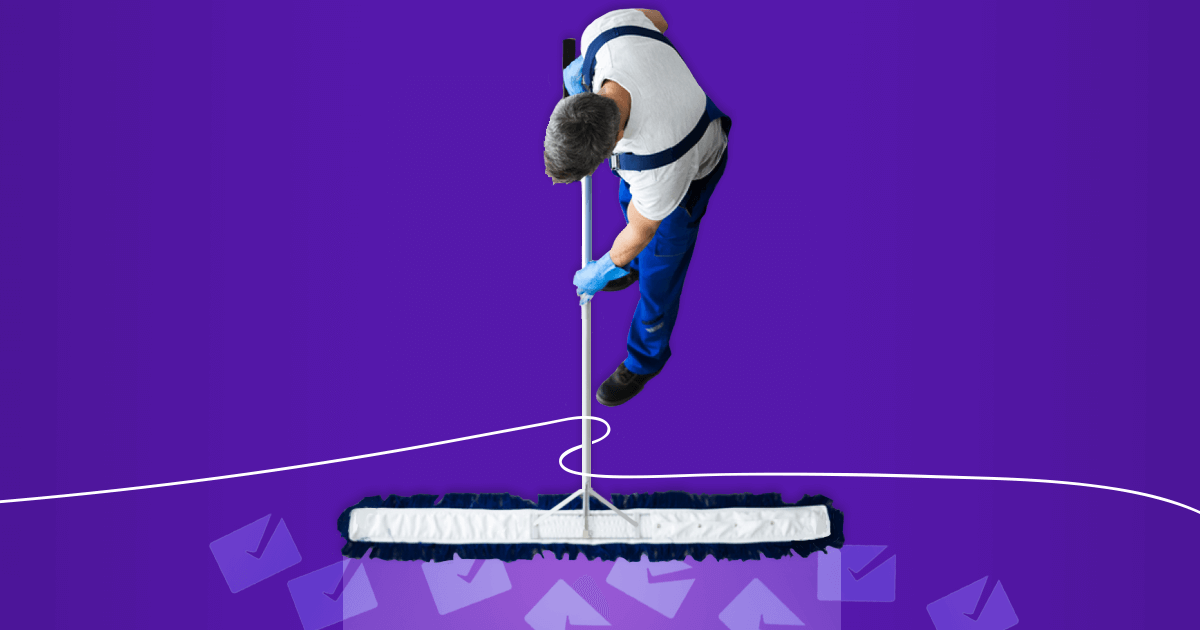Bounces, as scary as they can seem, can tell you a lot about your reputation and the hygiene of your lists. Looking at bounce rates isn’t enough, it is important to see which types of bounces you are getting.
Some emails become invalid even if they existed previously and are seen as normal behavior. If you upload a new list and your list bounces with invalid emails, that is a whole different story and can affect your deliverability and reputation.
Other times, you might have an acceptable bounce rate, but if you look deeper you might realize all your bounces come from only one service provider. It is important to then investigate and communicate with your email marketing software to see what you should do in order to work on your relationship with said mailbox provider.
Spam complaints and unsubscribes
Spam complaints and unsubscribes might have a similar result, but one is far worse than the other. Unsubscribes tell you that a person does not want to receive emails from you, while spam complaints tell the mailbox provider that your emails are unwanted.
Unsubscribes are connected to the email marketing tool you use, and they, along with you, know who has unsubscribed from which campaign. Spam complaints on the other hand are given to the mailbox provider and are not always shared back with you depending on the mailbox service provider.
Gmail, for instance, tells you the percentage of people complaining but doesn’t tell you who complained to allow you to remove them from your list. These can accumulate quite a lot over time, and if you don’t clean your lists from unengaged users, it will affect your deliverability.
Which metrics are important to keep your list clean?
When monitoring your email metrics you need to ensure that you take the time to analyze each one separately and then create a strategy based on them all as a whole. Monitoring your email statistics by understanding how they actually work, will ensure that you always make the right decisions. Keep in mind bounces and spam complaint rates remain well below 1%!
Now, let’s look at two main ways to maintain your email list hygiene.





















